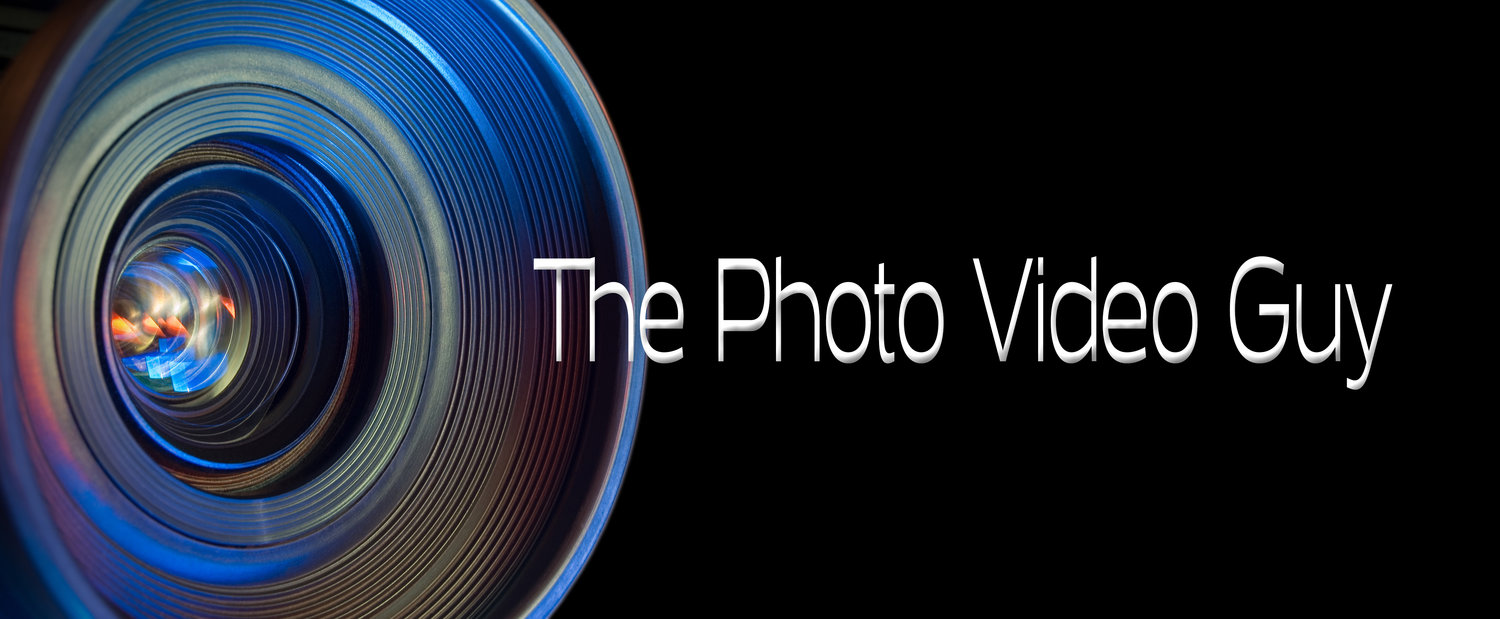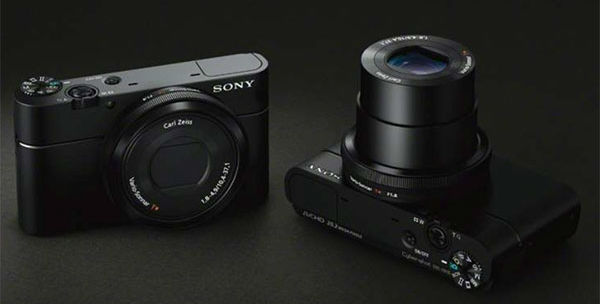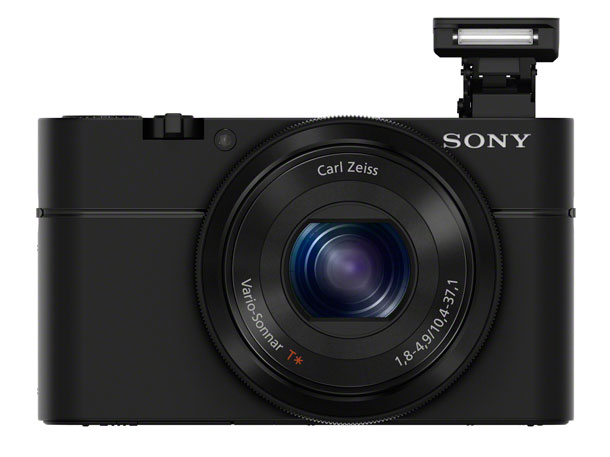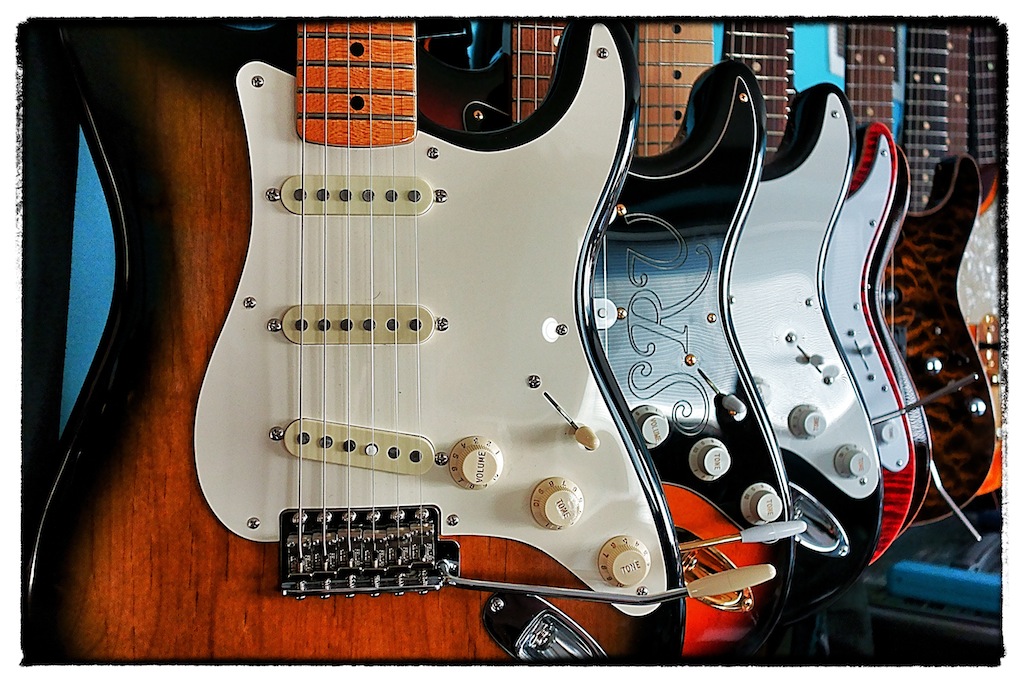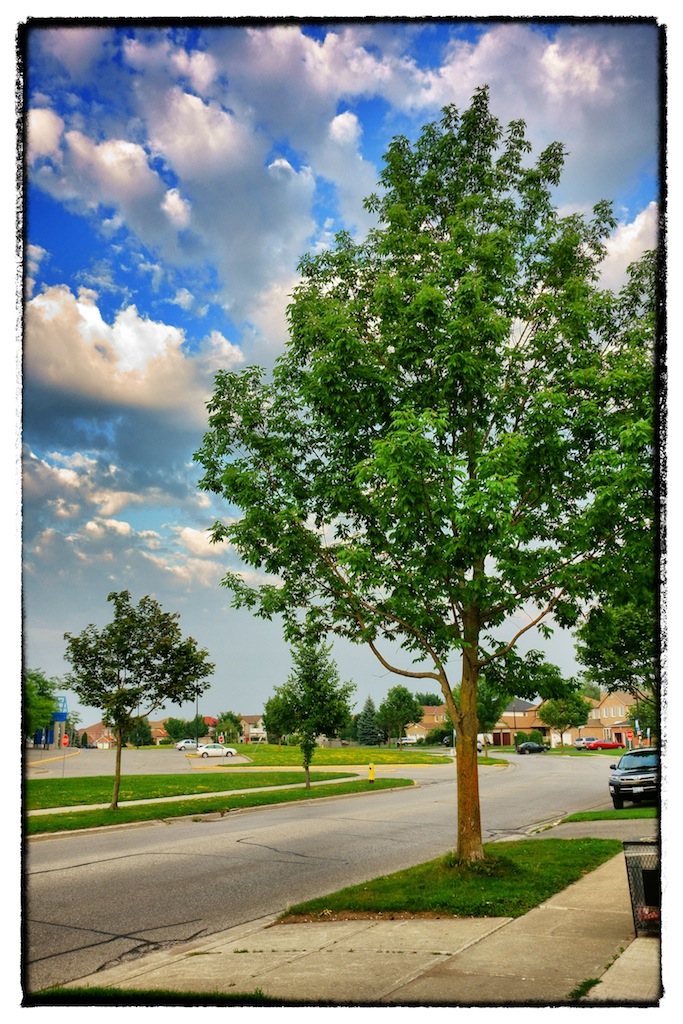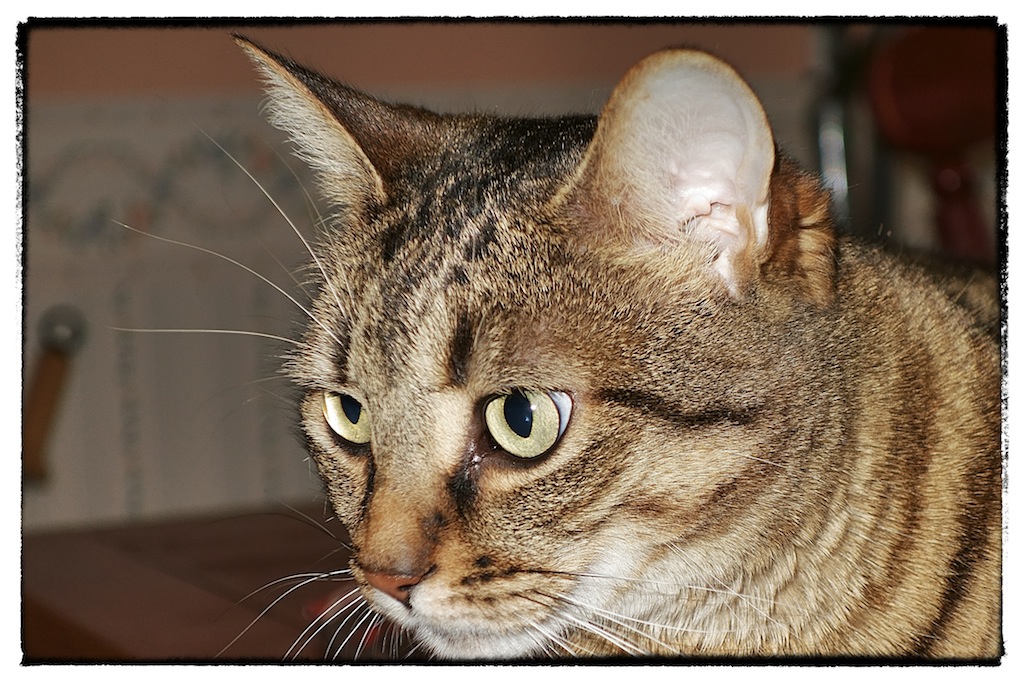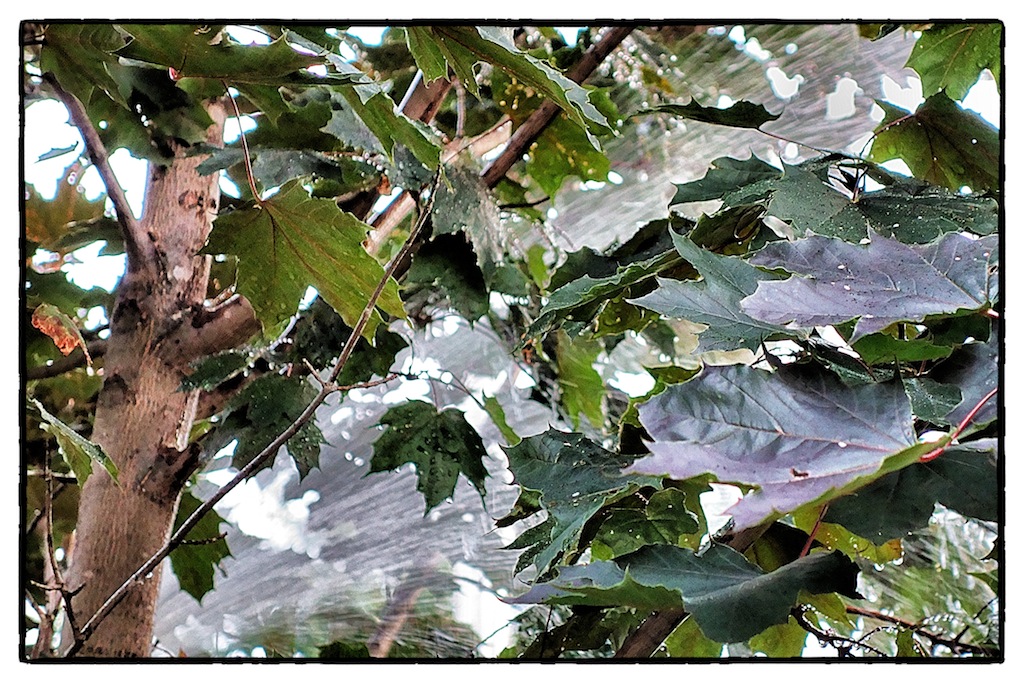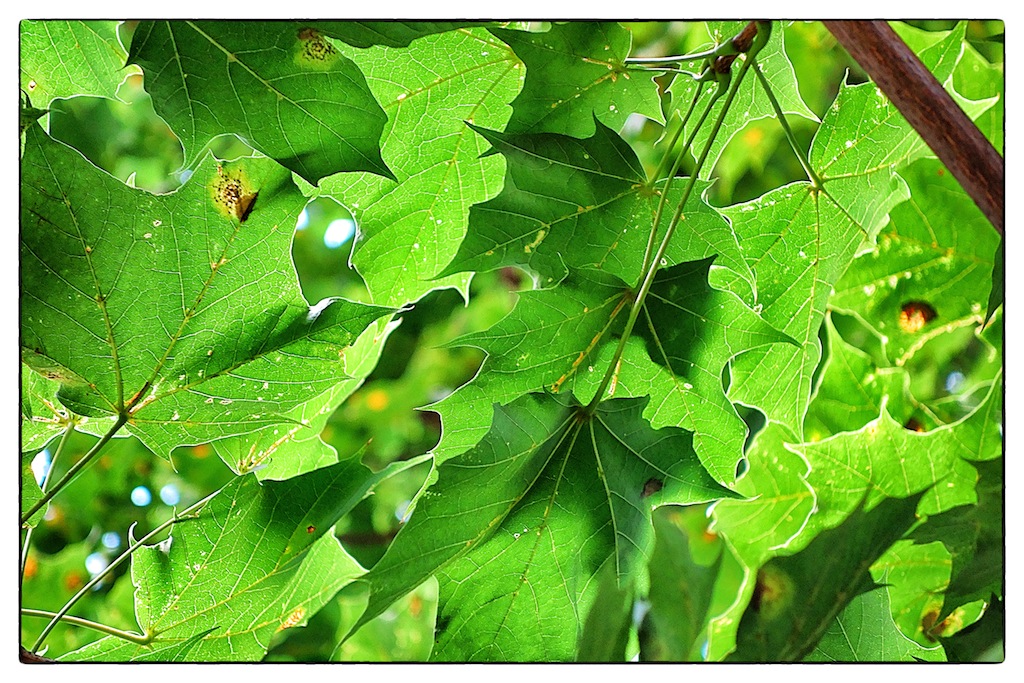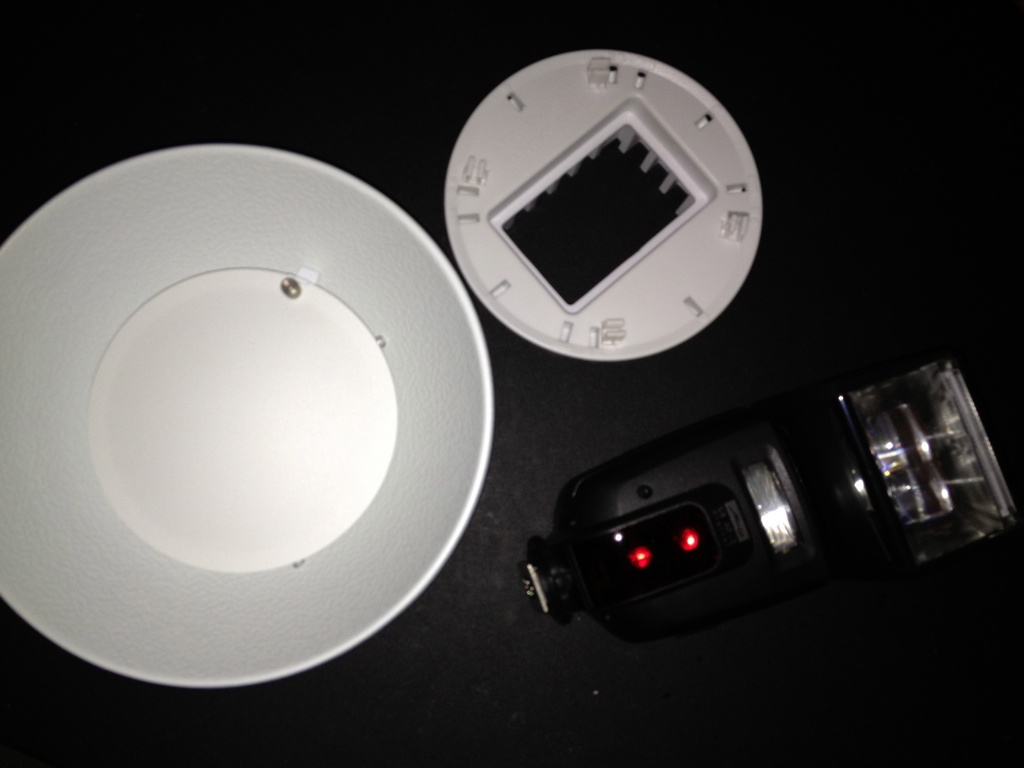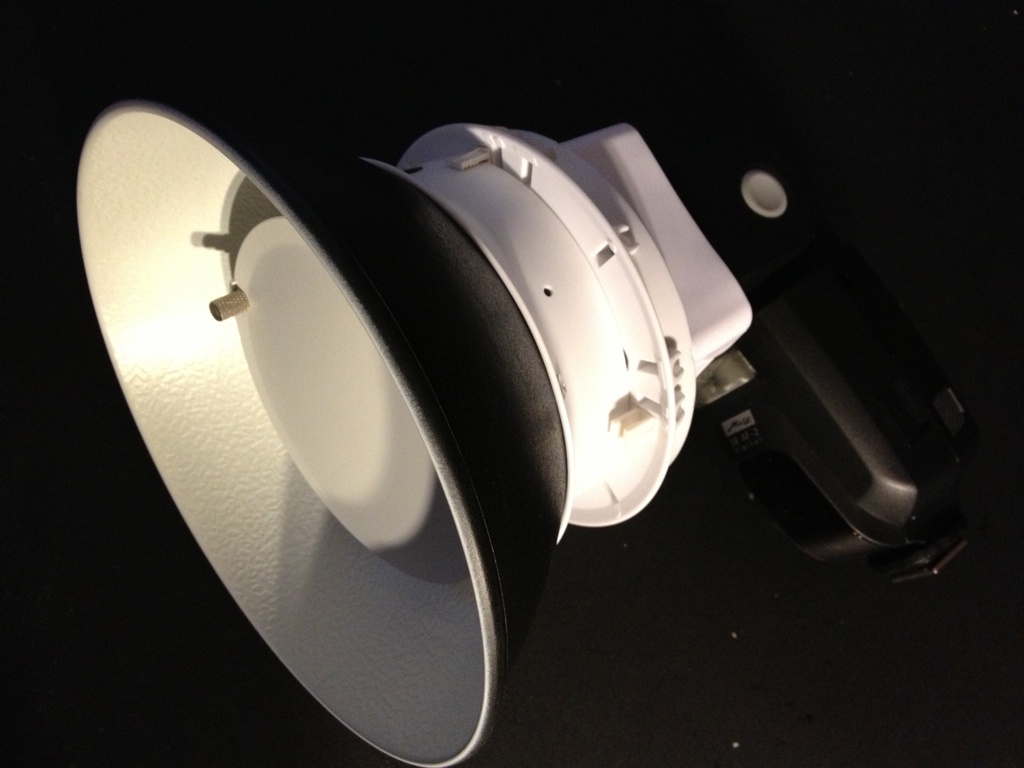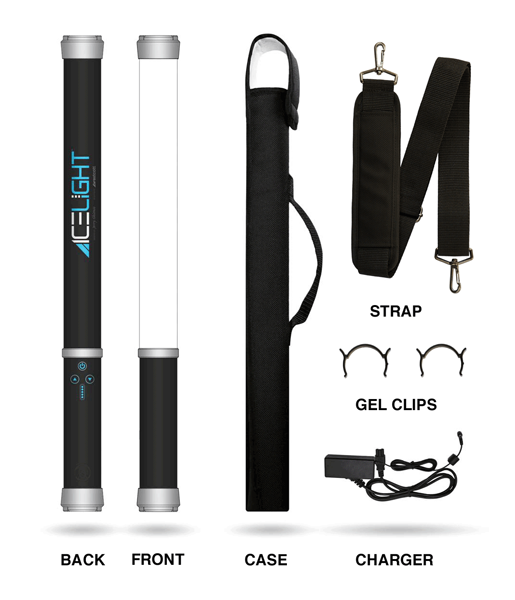REVIEW : Canon 40/2.8 pancake
/There has been a lot of news around the first of the pancake lenses from Canon, mostly about the size, although I think it is more significant that it is the first of Canon's new STM build lenses that supports continuous autofocus for video, although at the time of this writing, only on the Rebel T4i (under it's various global names). Specifications
- Focal Length : 40mm
- Maximum Aperture : f/2.8
- Construction : 6 elements in 4 groups
- Field of View : 57 degrees, 30 minutes
- Filter Size : 52mm
- Closest Focus : 0.98ft / 0.3m
- Size and Weight : 2.7 x 0.9 inch, 4.6 oz. / 68.2 x 22.8mm, 130g
Thoughts
It is very slim, very lightweight and if you want a short wide angle on a full frame or nominal standard lens on a crop sensor, this fits the bill. You can literally drop it in a shirt pocket. Autofocus is quick, brightness is decent center to edge and it works like a standard lens. But like Chevy Chase in National Lampoon's Vacation upon arriving at WallyWorld, my first impression is "and so what?"
If you want a standard focal length lens, you can get Canon's plastic fantastic (body not elements) 50/1.8 for less than half the price. It's not STM, but the average DSLR owner has never used the video in his or her camera more than twice, so autofocus video is not exactly a killer must-have for most users. Filling a class on DSLR video is tough, it's easier to fill a class on flash, the interest in general just isn't there.
The maximum aperture of f/2.8 is fast enough for today's digital SLRs as most of them do a decent job at higher ISOs but if I was looking for low light performance, why not go with the cheaper and just as sharp 50/1.8? So it's not about low light...
40mm as a focal length on full frame is, well it's boring and on a crop sensor it's, yup boring here too. It closely approximates the magnification and general field of view of the human eye, and so is not all that dynamic in the viewfinder and will tend to encourage snapshots. That's not bad but you can get excellent snapshots from your camera phone.
At 4.6 ounces it sure is light. But wait a second, Canon's 50/1.8 weighs in at, yes you see it coming, 4.6 ounces.
So let's stop here for a second. The general DSLR shooter doesn't care about video, so the STM feature isn't really a benefit. It's slimmer than the 50/1.8 but weighs the same, so the only benefit is that the camera isn't deeper front to back. It's optically slower than the 50/1.8 by more than a full stop and more than twice the price and the focal length is not really a grabber although it is closer to 35mm than 50mm so better for street shots and casual family snaps. So far I'm not finding anything really compelling.
Processing Images
Yes the lens is sharp. It is a fixed focal length lens of a standard focal length with a relatively small maximum aperture. Making a lens like this sharp for the lens wizards at Canon is something that they can do in their sleep. If it wasn't sharp, that would be odd and seriously worrisome.
As at this writing, Lens Profiles do not exist for this lens for Lightroom. Opening the images in the superb DxO Optics Pro v7.5 doesn't reveal a profile for the 5D Mark III and the 40/2.8 as being available, so rather than mis-apply a poor preset, I left it alone.
As consequence when looking closely at the images at higher magnification, I detect some barrel distortion and even though this lens is not an ultra-wide, I find that the perspective exaggeration is excessive. The sample shot of Quyen is not cropped specifically to give you a sense of this. In other shots of goods on shelves, I could detect bending of straight lines, albeit only if they were at the tight edge of the frame. If you were shooting this lens on a crop sensor, I suspect that the smaller image circle would eliminate this from view.
Looking at the histograms and the photo in Lightroom 4.1 and in DxO Optics Pro 7.5 the images are decent. I shot them on a 5D Mark III that I borrowed off the store shelf, and the focus and exposure were done in automatic modes as that is how this lens will often be used. I did make an image using bracketing and constructed an HDR as well. All images will benefit from basic post processing and those from this lens / camera combination are no different.
I've included some of the sample images herein. They are admittedly boring as I had limited time to make the shots and could not travel far. The outdoor shots of the motorcycle and the car were at ISO 100 while the indoor shot of my friend Quyen was at ISO 6400 and some noise is therefore visible.
Conclusion
Despite lots of hype about the lens and all the effusive enthusiasm from other reviewers, while it works well and is sharp as expected, I have to ask why you would pay more than double the price of a 50/1.8 for a smaller maximum aperture and exactly the same weight unless you need autofocus in video.
